About Freemasons' hall ashbourne
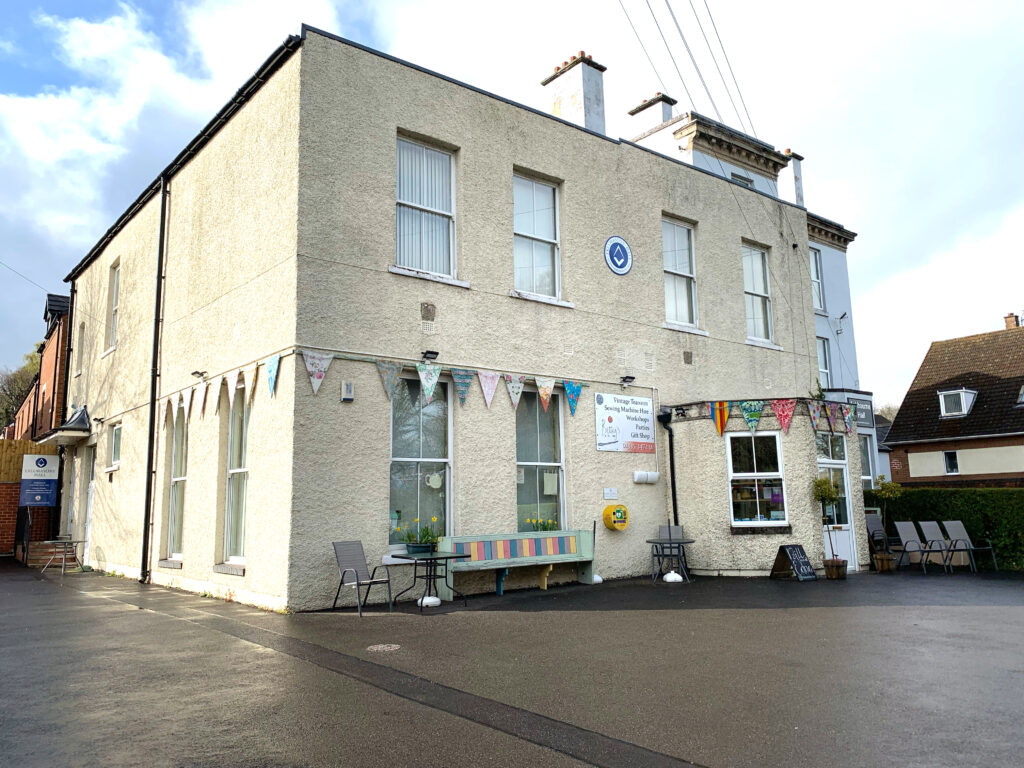
The Town of Ashbourne stems from a small Saxon village first mentioned in the Domesday Book. Here it is referred to under its medieval name of ‘Essiburn’ or ‘Asseburn’ until ultimately being called ‘Ashbourne’.
The ancient family of Cokaynes were settled in Ashbourne in 1110 and were here for 500 years. The earliest ancestor of the family, who can be traced with certainty is John Cockayne of Ashbourne c 1150.
The Coat of Arms is three cocks and the crest of a cock’s head. They possessed large estates in the county and brought more into the family by various marriages. The Cokaynes were for many years lessees of the vicars of Ashbourne under the Dean of Lincoln. They also provided the Grammar School in 1585 and possibly the Church of St. Oswald, in 1170.
They built and occupied the first Ashbourne Hall, to the East of the town around 1135.
The original hall was built behind this present one. From a map of 1547, the original hall was a rambling, gabled, timber-framed house built around a courtyard, being Ashbourne’s largest house at the time standing in extensive grounds overlooking a park landscaped with clumps of trees and a small ornamental lake (now the Fishpond). The park being used for hunting purposes. This ‘Park Area’ as we know it is now housing and is still referred to as the ‘Park Estate’.
Although situated only a few hundred yards from the east end of St. John’s Street, the Hall was separated from the town by a high brick wall, a line of tall trees and a set of imposing park gates. These gates faced down the street, reminding the inhabitants forcibly of the presence of the established order, as did the gates and towering spire of the parish church which closed the view at the other end of the main street. The hall had a chapel near the gates from before 1417 – which later served as a malt house.
In 1519 Sir Thomas Cokayne married Jane, daughter and heir of Phillip Okeover – nearby gentry and one of the oldest recorded families in England.
Sir Thomas Cokayne was one of the Knights and Gentlemen in attendance of Mary, Queen of Scots on her journey from Wingfield Manor, Derbyshire, to her imprisonment at Tutbury Castle in Staffordshire, in 1585.
In 1671, Sir Aston Cokayne died in financial difficulties from his fervent support of the Royalist Cause. The Cokaynes were forced to sell the house, at which time was rented by a solicitor – Edward Pegg.
The house then passed into the hands of the Boothby’s.
The Boothby’s built a new house, the Ashbourne Hall we know today and part occupy, in which on the 3rd December 1745 Maj. Gen. Sir William Boothby Bart. played host to Prince Charles Edward Stuart (Bonny Prince Charlie), on his march to Derby.
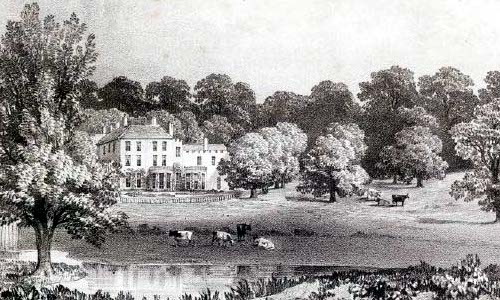
Bonny Prince Charlie proclaimed his father King of England when he was in Ashbourne on his abortive march on London, and Oliver Cromwell took a few potshots with his artillery at St Oswald’s Church. But generally History, like the stagecoaches of old, seems to have also treated Ashbourne as a waypoint. It came to prominence in the 18th and 19th centuries as a waypoint at the meeting of six coaching roads.
Three generations, each named Brooke Boothby, spanned the Georgian period.
By the 1780s their holdings in the town had dwindled to only one or two buildings including the ‘Blackmoors Head’ in St. John’s Street. (Later to be known as the ‘Green Man and Blacks Head’ and latterly the ‘Green Man Hotel’.
Sir Brook Boothby 6th Baronet, was responsible for rebuilding and landscaping the gardens. The tragic death of his six-year-old daughter, Penelope, in 1791 had a traumatic effect on his life and that of his wife, Lady Susanne after which they both left the hall and separated.
On the death of the last Boothby occupant – Sir William in 1846, the last baronet the family’s long connection with Ashbourne was severed. The hall was divided and passed into other hands; the manor being purchased by a Mr Craddock, in 1853, and the Hall, with about 90 acres of land, by Capt. Fredrick Holland, RN., in 1852.
The Hall and Parkland were later put up for auction in London. It was withdrawn at £27,950. It was however purchased privately by Mr John Fox, an Ashbourne solicitor, as a speculation, and within two months the estate was sold off into 46 different lots.
By 1861 a surgeon, Sir John Bent was in residence, followed by Mr R. H. Frank.
In 1898 it was sold to Mr T H. Holland.
In 1902 the hall was opened as a hotel.
It was occupied during the First World War by German prisoners of War. The Ashbourne Red Cross also used it.
By 1920 the hall was converted into flats and during the Second World War, evacuees were living in a part of it.
A Food Office also occupied part of it.
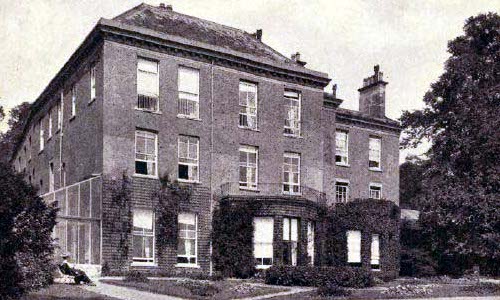
The Story of its acquisition by St Oswald Lodge No 850
The Lodge continued to meet during the War Years 1939 to 1945 but no festive boards were held. After the war was over the Brethren expressed a desire that the Lodge should have its own premises. Accordingly, in 1947, a sum of £250 was set aside as the nucleus of a building fund and a small subcommittee was appointed to consider ways and means of acquiring premises.
Eventually, this part of Ashbourne Hall, now owned by the Harrison Trust became available on lease after some major constructional alterations which included the removal of the second floor which had been condemned due to wet rot and dry rot. A member of the Trust, Bro. John Harrison was also a member of the Lodge and was able to arrange for a 21-year lease of the upper floor to the Lodge on favourable terms, with an option for renewal at the end of that period.
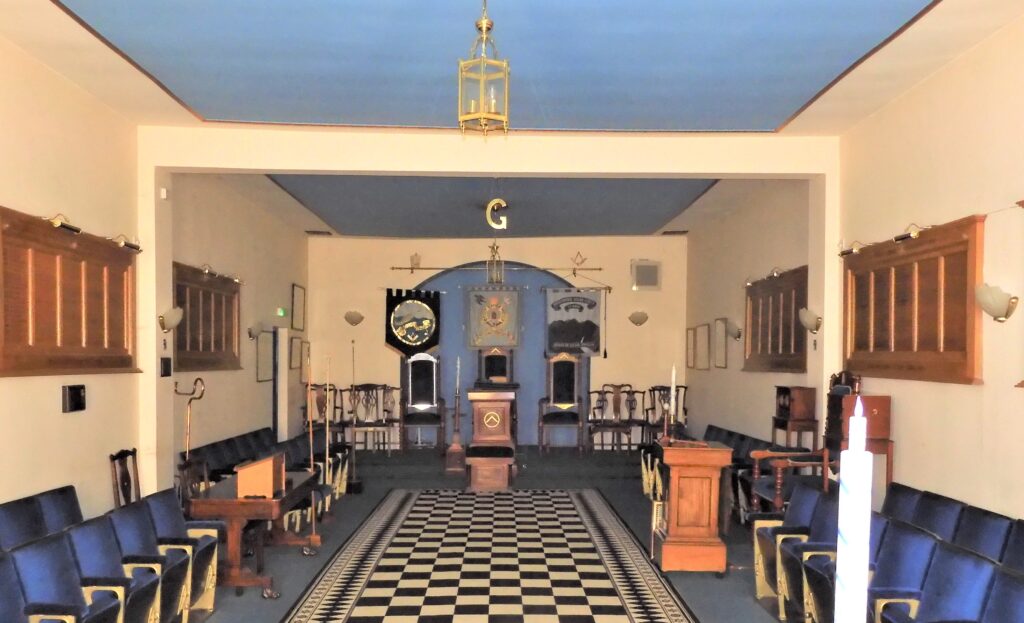
On 5th October 1953, the Temple was officially declared open by the Rt. Wor. Prov Grand Master, Brig-Gen E.C.W.D. Walthall. The Prov Grand Master again visited the Lodge on 5th April 1954 in order to dedicate a new Banner given by W. Bro. S. H. Bagshaw. Sadly no records exist as to the reason and design of the St Oswald Banner and United Grand Lodge have no records of this either. My research has shown that the Founders of the Lodge no doubt chose the name of St Oswald because it was to that Saint that the Parish Church of Ashbourne was dedicated by Hugh de Patisholl, Bishop of Coventry, in 1241. The King in the center of the Banner is St Oswald, King of Bernicia and Northumbria in 642.
In due course, the Trustees purchased the property and completed on 30th September 1965. It comprised the present Lodge rooms, those below occupied by the Derbyshire County Council Libraries Committee and a large warehouse at the rear with a yard and access road on to Hall Lane.
The Chairman of the Trustees entered into negotiations for the sale of the warehouse which was eventually accomplished on 15th May 1966.
The newly equipped Temple was dedicated in a splendid ceremony by the Provincial Grand Master, Rt. Wor. Bro. B.A. Mallender on 9th May 1966 and over 90 Brethren dined afterward at the Peveril of the Peak Hotel, Thorpe.
The Trustees were advised of the advantages that would ensue if the property was held by a Company registered under the Industrial and Provident Societies Act of 1965, and in due course, this was achieved when Ashbourne Masonic Hall Ltd came into being on 5th January 1968.
The County Library Service moved out of the ground floor to their new premises in 2013 and in 2014 the ground floor was leased to new tenants as ‘Bettys Sewing Box and Cafe’.
The existing other part of the Old Hall was used for some years by a Corn Merchant as offices and was later refurbished as a restaurant and offices. It is now used for party corporate events.
The warehouse at the rear of the hall was demolished in March 2016 to make way for three townhouses. During this work, a set of steps were unearthed leading to a cellar consisting of three rooms below the Masonic Hall. Photographs, measurements and plans have been taken and the area sealed off again so that the building work could continue.
In 2021 in line with a new UGLE policy, the building underwent a minor name change. No longer was it to be known as Ashbourne Masonic Hall, it was, as with many halls up and down the country, redesignated as ‘Freemasons’ Hall Ashbourne’.
It took St Oswald Lodge one hundred and five years to acquire its new home, a building steeped in history, the thickness of its walls testifying to its solidity as a “settled place” in which to dwell.
Long may the purest principals of Masonry – Brotherly Love, Relief and Truth – be practiced therein.
Brian A Higton QFSM PAGDC
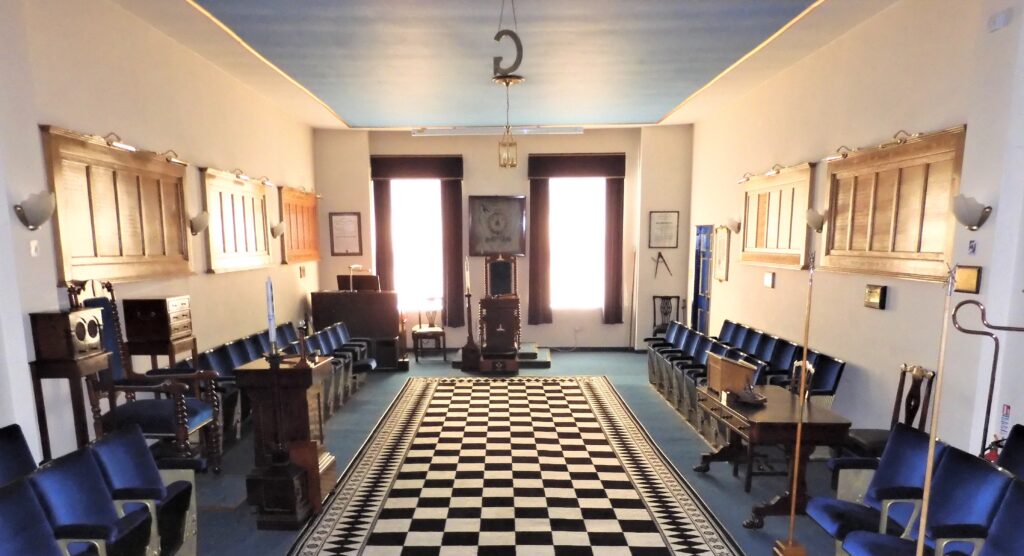

A Video Tour of Freemasons Hall, London
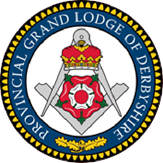
INTERESTED IN BECOMING A FREEMASON?
Now you have learnt a little more about what Freemasonry is, if you are interested in joining please read our “Become a mason” page.
Copyright © 2020 – Ashbourne Masonic Hall Ltd – Site By Evolution Media